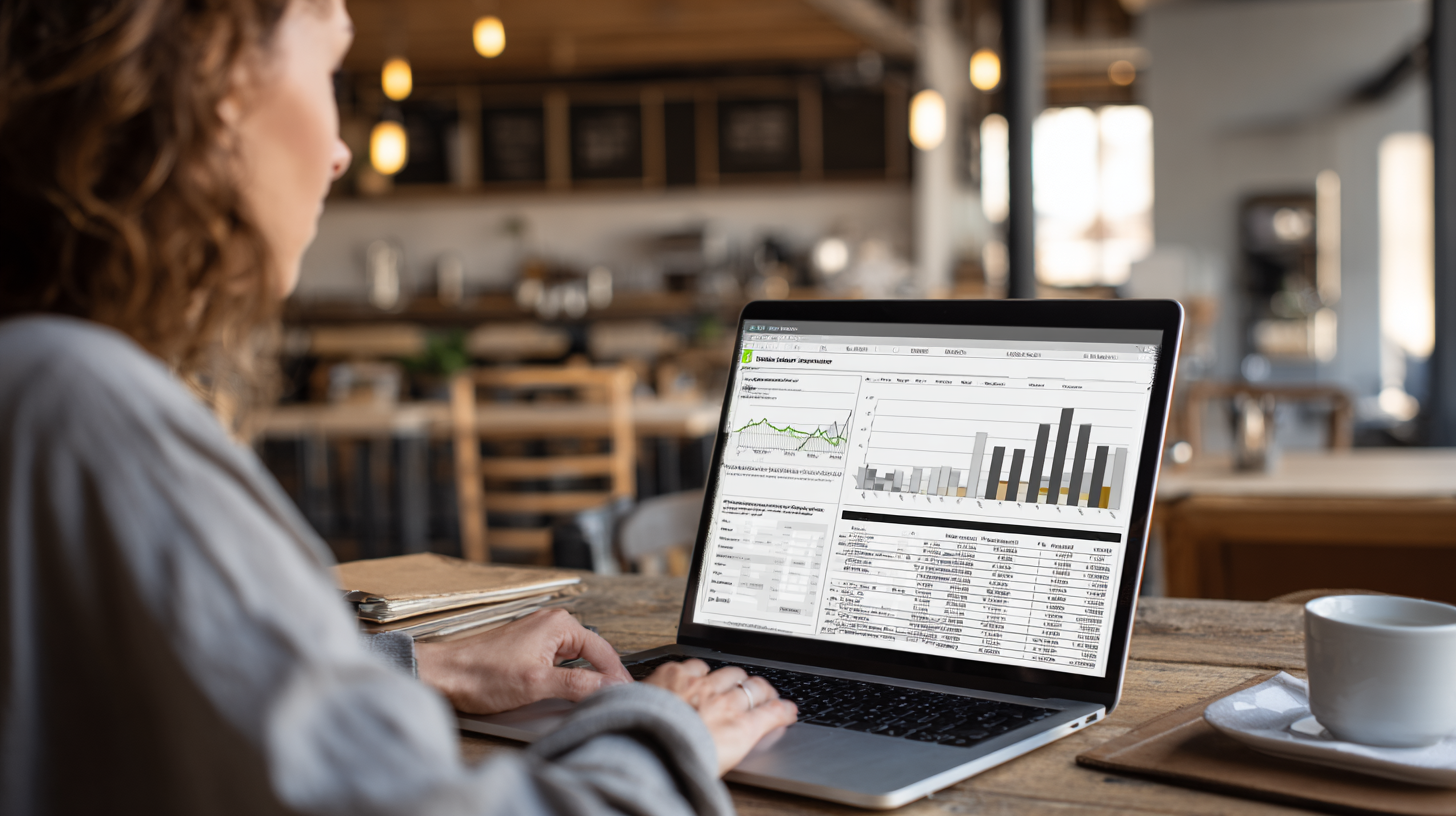Measuring RPA ROI: The Complete Guide to Automation Success Metrics
You’ve launched your first RPA bot. The team is excited. But a few weeks later, your CFO asks a simple question: “What’s the ROI on this thing?” Suddenly, the excitement turns to anxiety. Are you saving money? How much? Are you sure?
As an automation evaluator, I’ve seen this scenario play out dozens of times. Many businesses invest in Robotic Process Automation (RPA) but struggle to prove its value beyond a fuzzy “we saved some time.” They’re leaving the most compelling part of their success story untold.
Think of measuring RPA ROI as a comprehensive health check-up for your business. Just tracking time saved is like only checking your weight. A real check-up also measures blood pressure (operational speed), cholesterol (error rates), and overall fitness (employee morale). This guide will show you how to conduct that full health assessment and prove the transformative value of your automation efforts.
Bottom Line Up Front: The average ROI for RPA ranges from 30% to 200% in the first year. But if you’re only measuring labor cost savings, you’re missing more than half the story. We’ll show you how to calculate the true, holistic ROI that gets executives excited and secures future investment.
Table of Contents
- What Is RPA ROI, Really? (Hint: It’s Not Just About a Bot)
- Your RPA Metrics Framework: The Balanced Scorecard
- Step-by-Step ROI Calculation: A Practical Guide
- Tools and Tech for Measuring RPA ROI
- Common ROI Measurement Traps and How to Avoid Them
- How to Maximize Your Automation ROI
- Frequently Asked Questions
What Is RPA ROI, Really? (Hint: It’s Not Just About a Bot)
Traditional ROI calculations are dangerously simple: (Hours Saved x Employee’s Hourly Rate). This completely misses the massive ripple effects of good automation. As Christopher Surdak from the Institute for RPA and AI notes, the initial cost savings are just the beginning.

A true ROI analysis looks beyond bot performance to measure its ripple effects across the business.
To understand the true value, you have to follow the money and the impact. A bot that automates invoicing doesn’t just save an accountant’s time. It speeds up payments, which improves cash flow, which can reduce the need for short-term financing, which saves on interest payments. That single automation ripple created a wave of financial benefits.
Hard ROI (The Easy-to-Measure Stuff):
- Direct cost savings from reduced labor.
- Increased speed and throughput (e.g., invoices processed per hour).
- Reduced error rates and the associated cost of rework.
Soft ROI (The “Invisible Foundation”):
- Higher employee satisfaction (because no one likes mind-numbing data entry).
- Improved customer experience from faster, more accurate service.
- Enhanced compliance and reduced risk of regulatory fines.
- Strategic Capacity Unlocked: This is the big one. What can your team achieve with the time they get back?
Your RPA Metrics Framework: The Balanced Scorecard
A good measurement framework doesn’t just focus on one number. It gives you a dashboard of vital signs for your automation program.

A balanced scorecard tracks financial, operational, and strategic KPIs.
Step-by-Step ROI Calculation: A Practical Guide
My initial thought was that a perfect ROI calculation had to be incredibly complex. But I’ve learned from practice that a directionally correct model that is easy to understand is often more effective for getting executive buy-in than a “perfectly precise” model that no one can follow.
Step 1: Establish Your “Before” Snapshot (The Baseline)
You can’t show improvement if you don’t know your starting point. Before you automate anything, measure the manual process for at least 30 days. Track the average time per transaction, the error rate, and the total employee hours dedicated to the task.
Step 2: Calculate the Full Cost of Automation
This is more than just the software license. Be honest about all costs:
- Implementation: Bot development, testing, and professional services.
- Licensing: The cost of the RPA platform itself.
- Infrastructure: Any new hardware or cloud resources needed.
- Maintenance: The ongoing cost to monitor, update, and fix the bots.
Step 3: Quantify the Gains and Calculate ROI
Now, put it all together.
Annual Savings = (Hours Saved per Year × Hourly Employee Cost) + Annual Cost of Errors Avoided
ROI % = ((Annual Savings - Total Implementation & First Year Costs) / Total Costs) × 100
Tools and Tech for Measuring RPA ROI
While you can start with a spreadsheet, dedicated tools can automate data collection and provide real-time insights.
Platform-Native Analytics (e.g., UiPath Insights)
Pro: The gold standard. It provides deep, granular performance data directly from your RPA platform, giving you real-time visibility into bot utilization, exceptions, and more.
Con: It’s a premium enterprise product. The cost and complexity can be overkill for smaller teams or those just starting their automation journey.
Data Collection Tools (e.g., Browse AI)
Pro: Excellent for automating the data gathering needed for your ROI calculation. For example, you could use it to scrape data from various sources to establish your baseline metrics without manual effort.
Con: It’s a data collection tool, not an RPA measurement platform. It helps you get the numbers for your spreadsheet but doesn’t track the bot performance itself.
Free Online Calculators (e.g., from KeyMark)
Pro: Great for a quick, back-of-the-napkin estimate to see if a project is worth exploring further.
Con: These are often lead-generation tools for vendors and dramatically oversimplify the calculation. Never use one as the final basis for an investment decision without doing your own detailed analysis.
Common ROI Measurement Traps and How to Avoid Them
Myth-Busting: “RPA ROI is a one-time calculation.”
This is a recipe for disaster. ROI is not a static report; it’s a live dashboard. Your processes will change, your systems will be updated, and your bot’s performance can degrade. You must monitor ROI continuously to ensure your automation program stays healthy.
Another common trap is confusing “potential” savings with “realized” savings. Just because a bot saves an employee 10 hours a week doesn’t mean you’ve automatically realized that financial gain unless that employee’s time is reallocated to other value-adding activities. That’s why measuring “time reinvested” is so critical.
How to Maximize Your Automation ROI
Maximizing ROI is about creating a culture of continuous improvement. The organizations that see the best returns treat their bots not as one-off projects, but as digital employees that need to be trained, managed, and optimized over time. Build feedback loops, review performance quarterly, and always be looking for the next high-friction, low-value task to hand over to your digital workforce.
Frequently Asked Questions
What is a good ROI for an RPA project?
A “good” ROI is typically in the range of 30-200% within the first year. Most RPA projects have a payback period of less than 12 months, often as short as 3-9 months, making it one of the highest-returning tech investments.
How do you measure the “soft” benefits like employee morale?
You can quantify soft benefits indirectly. For employee morale, track metrics like employee turnover and engagement survey scores in the affected department. A decrease in turnover has a direct, calculable cost saving (e.g., reduced recruitment and training costs).
What are the biggest hidden costs of RPA?
The biggest hidden costs are often in maintenance and change management. When a core application that your bot interacts with gets updated, your bot can break. The ongoing cost of monitoring, updating, and fixing bots is a critical part of the Total Cost of Ownership (TCO).
Should I automate a complex process or a simple one first?
Start with a simple, high-visibility process. The goal of your first project is not just financial ROI, but “political ROI”—building trust and momentum in the organization. A quick, successful win on a process everyone hates is the best way to get support for more ambitious projects later.







Leave a Reply